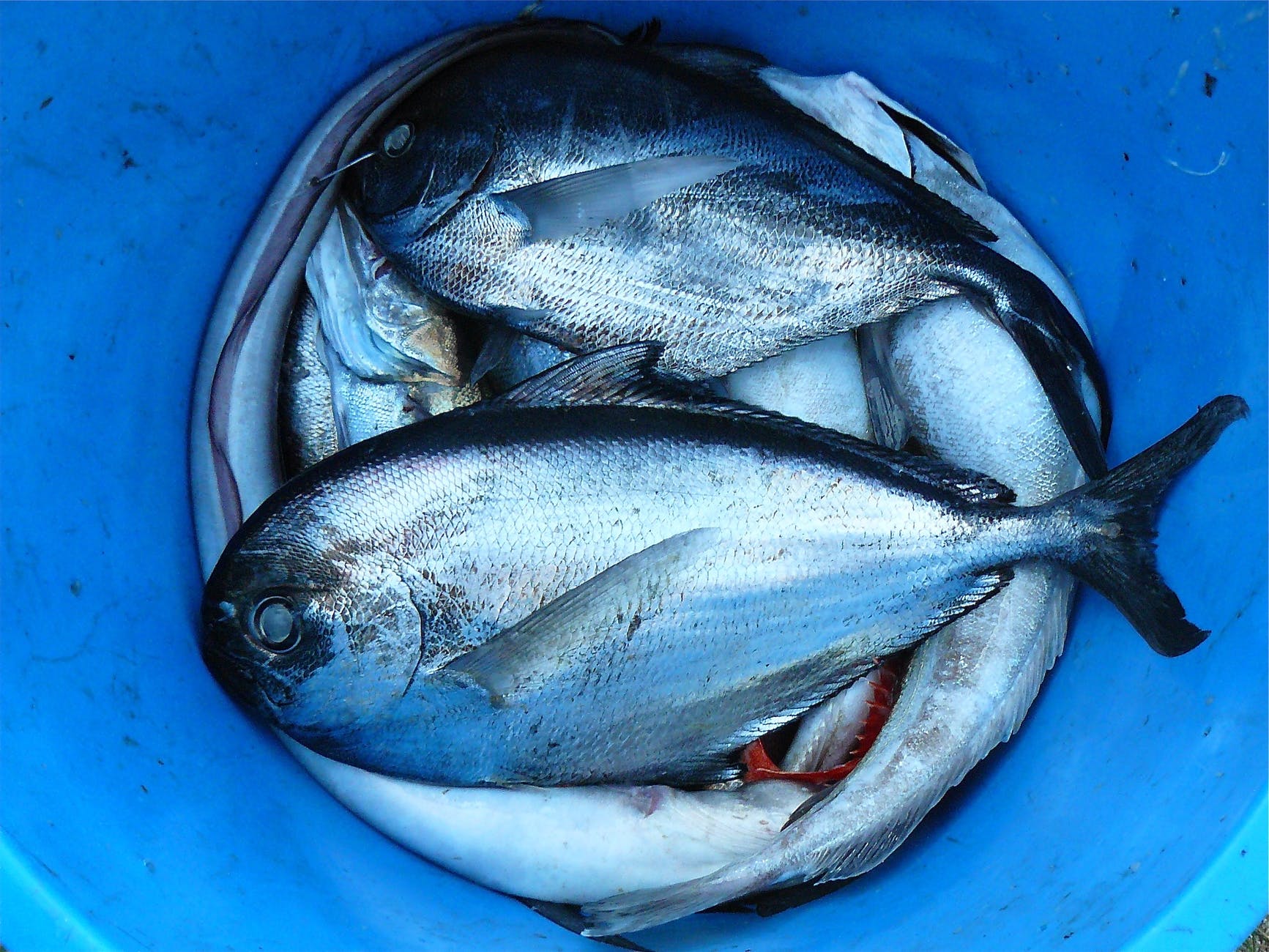FAO Explores Blockchain Applications in Seafood
Innovation by information and communication technologies is a crucial enabler in modifying food systems. It holds great potential to accomplish the Sustainable Development Goals, according to the Food and Agricultural Organization of the United Nations (FAO).
Current developments, like mobile technologies, drones, smart networks, remote-sensing, distributed computing, as well as disruptive technologies, like blockchain, the Internet of Things (IoT) and artificial intelligence (AI), are all stated to be working as the premise for a ‘digital revolution’ whereby management of resources can potentially be highly optimized, intelligent and anticipatory.
In an attempt to cast light on the potential uses of blockchain, the FAO has issued a study document that established chain traceability as the substrate above which digital solutions required to operate. It offered an introduction to blockchain, and covered smart contracts, examined how they relate to the blockchain with an instance of their use in seafood value chains, and then examined significant development and operational considerations for blockchain applications.
The publication also analyzed the seafood supply chain with considerations on flag, processing, coastal, port, and market states. It recognized general control elements that create the basis for traceability monitoring and acquisition and summarised suitability for blockchain. It also examined considerations for the legality, species fraud, transparency, and food safety.
The report emphasized that the most usually utilized blockchains in seafood value chains are Ethereum and Hyperledger. Ethereum is a public blockchain, and Hyperledger Fabric is a private network. The authors showed out that there are merits and demerits to both public and private blockchains.
“In a public blockchain, authorities could facilitate verification of these claims by checking any paper documentation against what has been recorded on the blockchain. In a permissioned consortium blockchain, the authorities would have to be a participant in the consortium in order to be able to access the blockchain and, hence, use it to facilitate any verification,” the paper stated.
The strategic fit of blockchain technology in seafood value chains is further examined within the document, with review and analysis of seven initiatives/projects, like the Sustainable Shrimp Partnership. The publication then offered a key analysis as to whether blockchain for seafood traceability is the right tool and an investigation of operational chances with the usage of blockchain.
The study concluded that blockchain has the potential to enhance effectiveness and accountability in seafood value chains. It did not find limitations on the blockchain technology that cannot be subdued under the ‘right scenario.’ The authors concurred with the conclusion that “blockchain, data mining, and AI will not stop IUU fishing, will not prevent overfishing and discarding, but they may help to make global streams of fish and seafood products with the associated flow of money becoming more visible and transparent.”
The authors said that they see the recent media discourse that “seems to pin the solution to multifaceted seafood value chain problems (from IUU fishing, seafood safety and species fraud to labor issues) on one data architecture tool – blockchain” as unfair. They stated this risks hyperinflating expectation on what this technology can give, with potential operators then driving away because it does not deliver on the hype created around it.
Stay informed with daily updates from Blockchain Magazine on Google News. Click here to follow us and mark as favorite: [Blockchain Magazine on Google News].
Get Blockchain Insights In Inbox
Stay ahead of the curve with expert analysis and market updates.
latest from tech
Disclaimer: Any post shared by a third-party agency are sponsored and Blockchain Magazine has no views on any such posts. The views and opinions expressed in this post are those of the clients and do not necessarily reflect the official policy or position of Blockchain Magazine. The information provided in this post is for informational purposes only and should not be considered as financial, investment, or professional advice. Blockchain Magazine does not endorse or promote any specific products, services, or companies mentioned in this posts. Readers are encouraged to conduct their own research and consult with a qualified professional before making any financial decisions.

 Bitcoin
Bitcoin  Ethereum
Ethereum  XRP
XRP  Tether
Tether  Solana
Solana  Dogecoin
Dogecoin  USDC
USDC  Cardano
Cardano  Lido Staked Ether
Lido Staked Ether  TRON
TRON  Avalanche
Avalanche  Stellar
Stellar  Chainlink
Chainlink  Sui
Sui  Hedera
Hedera  Toncoin
Toncoin  Wrapped stETH
Wrapped stETH  Shiba Inu
Shiba Inu  Wrapped Bitcoin
Wrapped Bitcoin  Content Bitcoin
Content Bitcoin  Polkadot
Polkadot  WETH
WETH  Litecoin
Litecoin  Bitcoin Cash
Bitcoin Cash  LEO Token
LEO Token  Uniswap
Uniswap  Bitget Token
Bitget Token  Hyperliquid
Hyperliquid  Pepe
Pepe  Wrapped eETH
Wrapped eETH  USDS
USDS  NEAR Protocol
NEAR Protocol  Ethena USDe
Ethena USDe  Aptos
Aptos  Internet Computer
Internet Computer  Aave
Aave  Ethereum Classic
Ethereum Classic  POL (ex-MATIC)
POL (ex-MATIC)  Monero
Monero  Algorand
Algorand  Cronos
Cronos  Render
Render  Mantle
Mantle  Bittensor
Bittensor  MANTRA
MANTRA  Filecoin
Filecoin 



